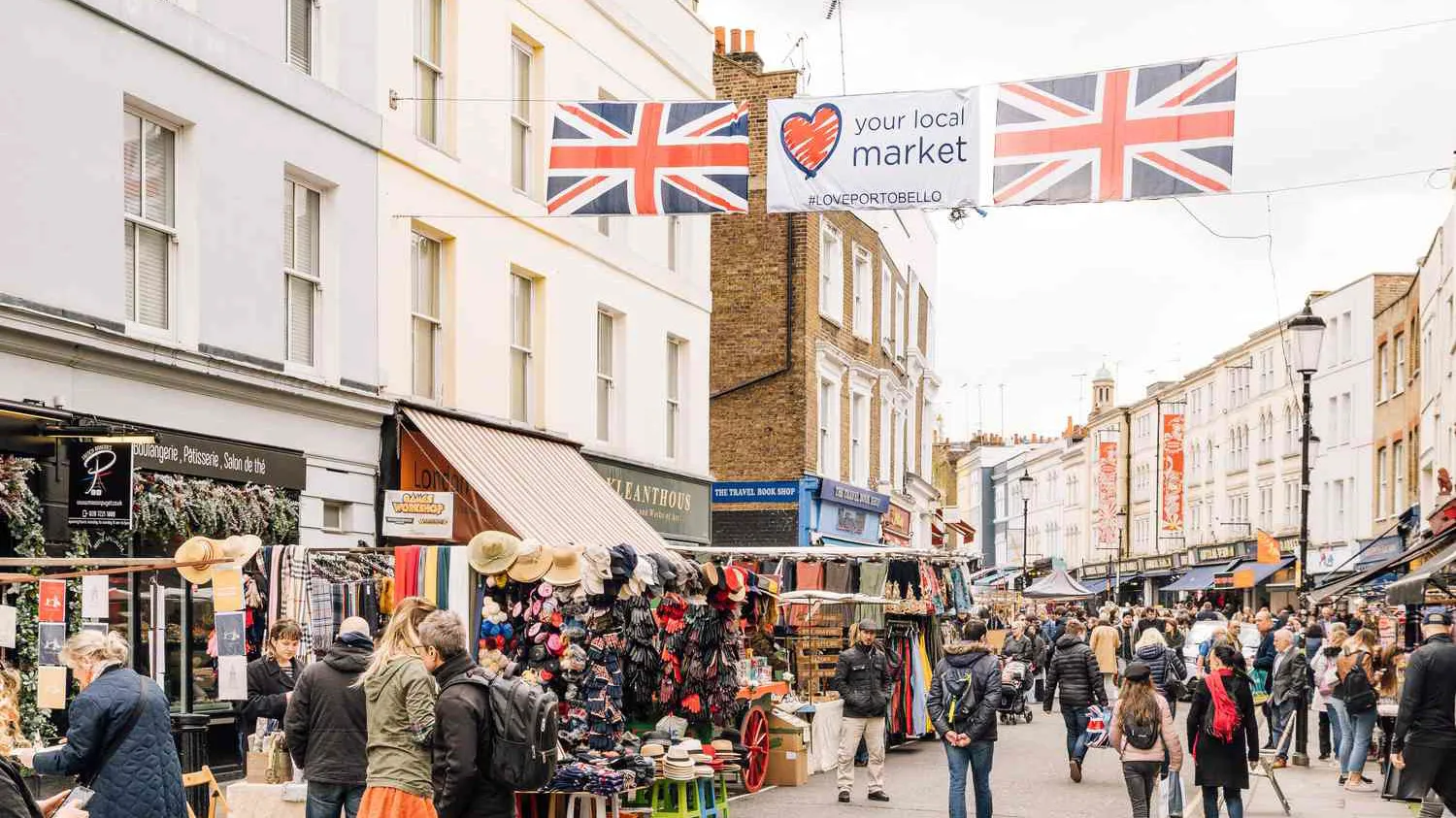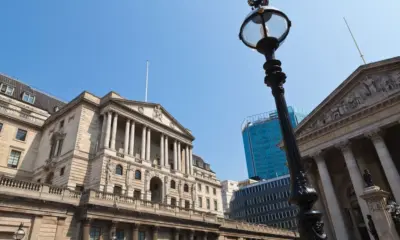Trending
The British Cost-of-Living Crisis: How Londoners Are Adapting to High Prices

As the cost-of-living crisis continues to weigh heavily on households across the United Kingdom, Londoners find themselves at the epicentre of economic strain. Despite recent signs that inflation is easing, the cumulative impact of high energy bills, rent increases, and food prices continues to test resilience and reshape lifestyles in the capital. From shifting shopping habits to embracing alternative modes of transport, residents are adapting in creative ways while policymakers attempt to balance short-term relief with long-term economic reforms.
Changing Consumer Habits
For many Londoners, daily spending has become a matter of careful calculation. Supermarket shoppers are increasingly turning to discount retailers and private-label goods, with sales at budget chains and local markets rising sharply compared to premium stores. Data from consumer analysts show that more than half of households have reduced non-essential purchases, opting for smaller baskets and prioritising essentials like groceries, energy, and transport.
The city’s dining and entertainment industries are also adjusting to the new economic reality. Restaurants and cafes report fewer midweek customers but stronger demand for affordable lunch options and takeaway deals. Subscription services, from streaming platforms to fitness memberships, have seen rising cancellations as households trim discretionary expenses. Some local businesses are responding by offering flexible pricing, loyalty discounts, and community events to attract regular customers without relying on heavy spending.
Despite these adjustments, consumer sentiment remains cautious. While wage growth has marginally outpaced inflation in recent months, real incomes remain lower than before the pandemic. London’s high housing costs continue to consume a large share of earnings, leaving limited disposable income even for middle-income families. Economists warn that recovery in household spending will depend largely on further reductions in inflation and stabilisation of interest rates.
Lifestyle Adjustments Across the Capital
Lifestyle changes are now evident in nearly every corner of London. Commuting patterns have evolved as workers balance hybrid schedules to save on travel expenses. Cycling, walking, and public transport remain popular alternatives to driving, particularly after a series of fuel price hikes earlier in the year. Many Londoners are also embracing shared living arrangements to offset rising rents, with co-living spaces and multi-generational households becoming more common in both inner and outer boroughs.
Energy conservation has turned into a practical and cultural norm. Residents have adopted small but significant measures such as installing smart thermostats, using energy-efficient appliances, and coordinating community heating initiatives in housing estates. Some local councils are supporting residents through energy advice programmes and grants for insulation and solar installation, aiming to make savings both immediate and sustainable.
Food insecurity, once seen as an issue affecting only the most vulnerable, has become a wider concern. Community food banks and cooperative kitchens have reported record demand, with middle-income households increasingly seeking support. However, these initiatives have also inspired stronger local solidarity. Volunteer-led projects, urban farming schemes, and neighbourhood exchange groups illustrate how Londoners are relying on collaboration to navigate financial hardship while preserving community well-being.
Government Relief and Policy Measures
The government’s response to the cost-of-living crisis has centred on targeted relief programmes, including continued energy subsidies, council tax rebates, and increased welfare payments for low-income households. The Treasury recently announced a renewed package of support aimed at easing utility costs during the winter months, alongside commitments to expand affordable housing and reform childcare expenses.
At the same time, central and local authorities are grappling with how to manage inflationary pressures without exacerbating public debt. The Bank of England’s gradual reduction in interest rates has been welcomed by homeowners and small businesses, but economists caution that the benefits will take time to filter through the broader economy. Calls for more structural reforms, such as addressing London’s chronic housing shortage and improving wage equality, have grown louder among policymakers and civic groups.
Despite political disagreements over the pace and scale of intervention, there is growing recognition that the crisis has changed the social fabric of urban life. Many experts argue that addressing cost-of-living pressures requires a coordinated approach that blends economic reform, energy transition, and urban planning to ensure long-term affordability and resilience.
Conclusion
London’s response to the cost-of-living crisis reveals a city defined by adaptability and collective resilience. From households adjusting spending patterns to neighbourhoods fostering new forms of community support, the capital is finding ways to cope with economic adversity while calling for more equitable solutions. The government’s relief measures provide some breathing space, yet deeper reforms will be necessary to address the root causes of financial insecurity.
As inflation moderates and interest rates begin to ease, cautious optimism is returning to London’s economy. Still, the experience of the past few years has reshaped how residents think about consumption, housing, and community. In many ways, the crisis has underscored both the fragility and the strength of urban life, reminding Londoners that innovation and solidarity remain essential tools in the pursuit of stability and hope.




















